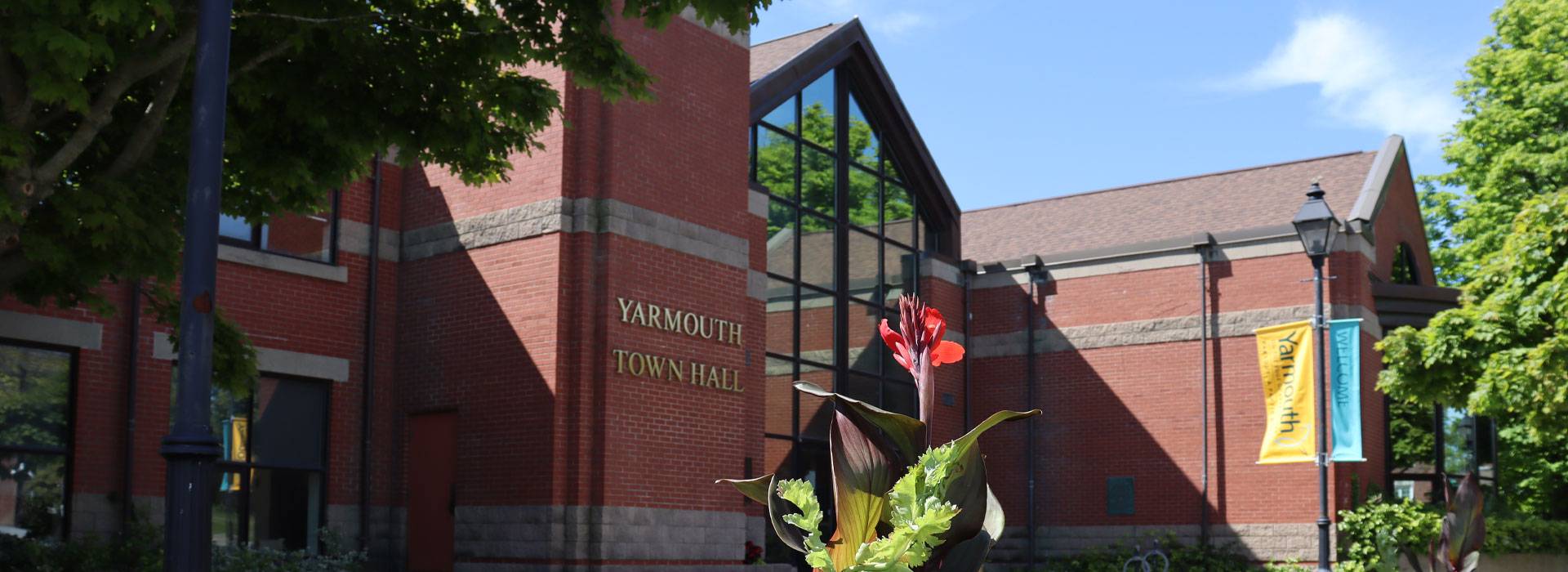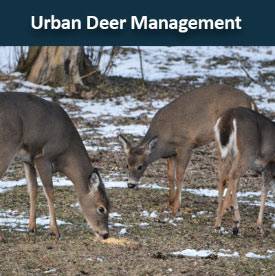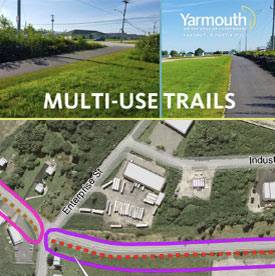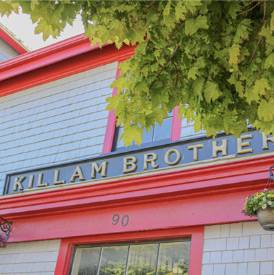On the Edge of Everywhere
2019-20 Heritage Development Fund (Built Heritage) and Tax Rebate Program
To better serve our heritage stakeholders, program guidelines and application forms for the 2019-20 grant opportunities under the Heritage Development Fund (Built Heritage) are now available at Heritage Property.
Conservation Advice and Conservation Work Grants
Owners of a registered municipal heritage property (including those located within an approved municipal heritage conservation district) may apply for a conservation advice grant to support up to 50% of the costs to prepare the conservation advice report up to a maximum of $3,000.
Only registered municipal heritage properties used either for religious worship or community, non-profit purposes are eligible, and may apply for a conservation work grant to support up to 50% of the eligible conservation work costs up to a maximum of $7,500 every two years. Property owners are responsible to review the revised program guidelines, including a provision supporting the Culture Action Plan to ensure your proposed conservation project can be considered.
Revised Program Guidelines
As outlined in the program guidelines, while formal approval cannot be provided until April 1, new application deadlines of March 15 and May 15 have been introduced for 2019-20. After May 15, submitted applications will be assessed based on the date of receipt and the program’s fiscal ability. In all cases, the new deadline to submit a final report will be November 15, 2019. Should you have any questions about these grants or would like to obtain an application form and guideline document, please contact my office at 902-424-5647.
Tax Rebate
In addition to the grants described above, Service Nova Scotia continues to offer a Provincial Tax Rebate (under the Sales Tax Act). This program provides heritage property owners with a full rebate of the provincial sales tax paid for eligible materials used for the repair, improvement or restoration of the exterior of a heritage property. An overview of this rebate program, including the application form, can be found at Heritage Property.
Should you have any questions on these incentives, or would like to obtain an application form and guideline documents, please call 902-424-5647.
Heritage Property Act
The Heritage Property Act (HPA) of Nova Scotia was established to identify, designate, preserve, conserve, protect and rehabilitate buildings, structures, streetscapes, areas and districts that have historic, architectural, or cultural value. These features can be found in urban and rural environments – what matters is that they speak to us, and should be preserved for future generations.
In 1990, the Act was amended so that municipalities could establish heritage conservation districts. Under these auspices, the Town of Yarmouth has established a Heritage Property By-law and the Collins Heritage Conservation District. For properties located within the District, we may control alterations to existing structures, demolitions, and the design of new structures being built. To learn more about the HPA, please visit the Nova Scotia Legislature website.
Applications and Fees
Applications should provide the following information:
- The name of the property owner(s)
- Mailing address and telephone number of the applicant
- Location of the property
- Brief description of the purpose of the application outlining any related planning proposal
- Development Agreement application must also include:
- A site plan, drawn to scale, showing the proposed development, indicating the size and dimensions of any new buildings, landscaping, parking areas and the size of parking stalls, etc
- A copy of the deed description of the subject property(s)
- Renderings, building plans or architectural elevation drawings of any proposed structure
When the application is made, the applicant must submit the application to the Planning Administrative Assistant, Third Floor Planning Department, 400 Main Street, Yarmouth, or email to planningadmin@townofyarmouth.ca.
Go to Town Fees for a schedule of fees associated with planning applications.
Civic Addressing
Civic addresses are an identification system using a consistent method to address and locate buildings. Proper addressing is absolutely essential for emergency services, postal delivery, and many other services provided by all levels of government.
Getting a Civic Number
New civic numbers are assigned during the Development Permit Application process. When the number has been assigned by the Development Officer, the Planning & Development Department mails a notice to the owner of the property indicating the civic number. We also update the Provincial 911 system with the new civic address. For this reason, it’s very important that residents don’t assign themselves a civic number – it can interfere with first responders’ ability to help you in an emergency!
Civic Address Standards
To make sure that emergency responders can reach you, we have a common set of standards for displaying civic numbers. If you own the lot on which a building is located, you must keep the assigned civic number posted on the lot or building in the following manner:
- The civic number shall be in Arabic numerals (e.g. 123)
- The bottom of the numeral shall be at least 1.2 meters above ground
- The colour of each numeral shall be the same as the others, and clearly in contrast to the colour of the building, post or sign on which it is located
- The height of the numerals shall not be less than 100 millimetres
- The civic number shall be placed upon the building, post, or sign so that it faces towards (and is clearly visible from) the roadway or the street from which it is numbered.
For more complete information, download the pdf Civic Addressing By-Law (188 KB) .
Using 911
When a call is placed to 911, the caller's phone number, civic address, and associated Police, Fire, and Ambulance Emergency responders are listed on the 911 screen (unless the call is made from a cell phone). Under this system, even if you can’t speak when calling 911, the 911 operator can still see your civic address and send emergency responders. 911 is also able to handle TDD calls from hearing-impaired people.
The 911 center does not dispatch emergency services – instead, the operator links the caller to the appropriate dispatch agency who will dispatch the required services. As always, make sure you can be found in an emergency by posting your civic number where it can be seen clearly from the road, day or night.
Interactive Zoning
Zoning decides what types of land use are allowed where. The pdf Land Use By-law (14.48 MB) explains the requirements associated with each Zone.
Check out the interactive zoning tool to explore the different Zones in Yarmouth.
If requested, the Development Officer will provide a signed zoning confirmation letter certifying the zoning for a parcel of land. It is important to note that these letters only relate to a specific period of time since the Land Use By-law is subject to change. Be sure to check with the Planning and Economic Development Department prior to any development project.
Interactive Zoning Lookup Tool
Access our interactive zoning lookup tool.

























